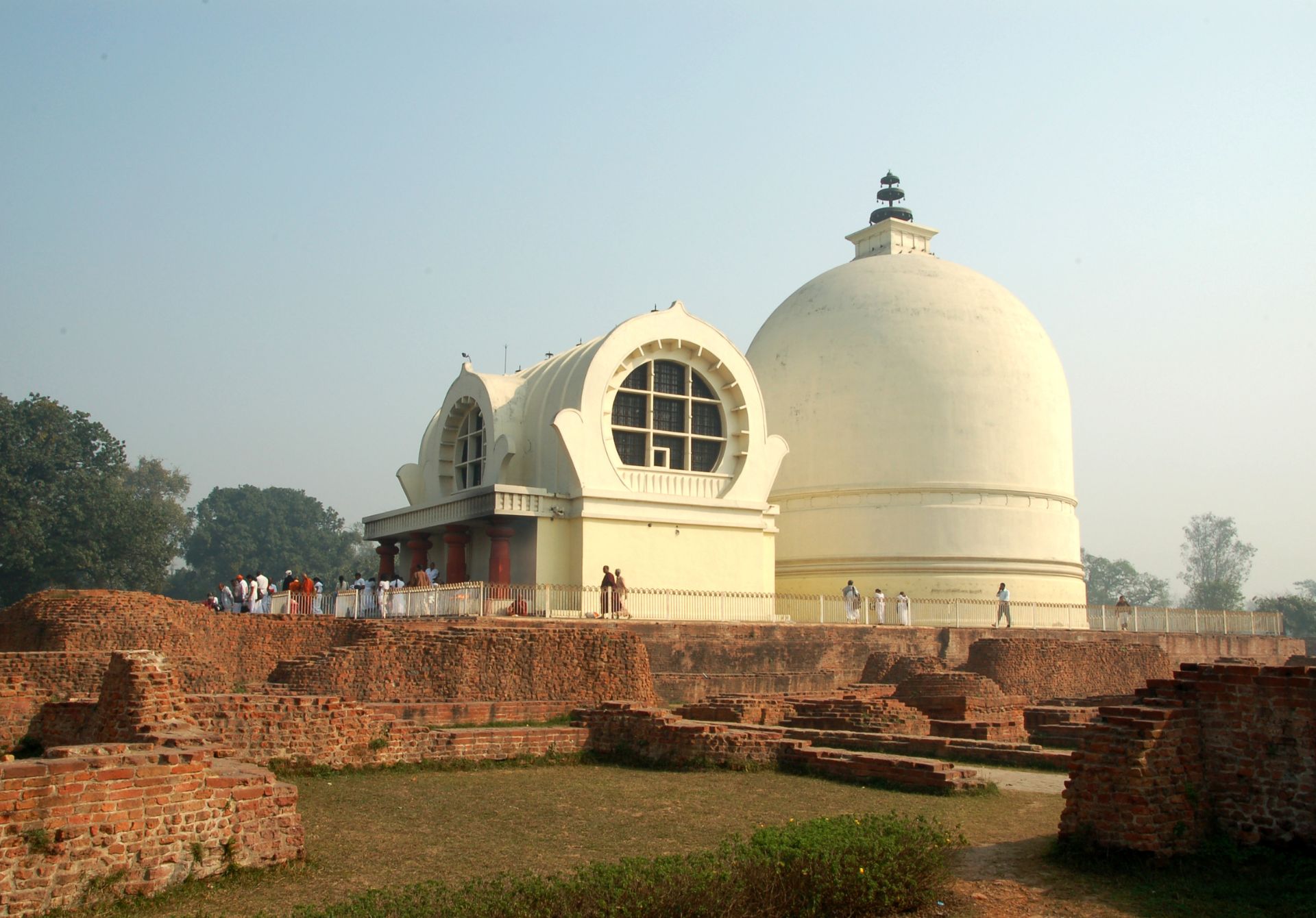Nestled in the heart of Uttar Pradesh, India, Kushinagar is a town that whispers tales of ancient wisdom and spiritual enlightenment. For the curious traveler and history buff alike, this small yet significant destination offers a unique blend of religious importance, archaeological wonders, and serene landscapes. Let’s embark on a journey to uncover the treasures of Kushinagar, a place where Buddha attained Mahaparinirvana and left an indelible mark on the world.
The Historical Significance of Kushinagar
Kushinagar’s claim to fame lies in its profound connection to the life of Gautama Buddha. It was here, around 483 BCE, that Buddha delivered his final sermon and attained Mahaparinirvana (the great passing away). This event transformed Kushinagar from a modest town into one of the four main pilgrimage sites for Buddhists worldwide.
Archaeological evidence suggests that Kushinagar, known in ancient times as Kushinara, was a bustling center of the Malla kingdom. The town’s importance waned after the Buddha’s passing but was revived in the Gupta period (4th-6th centuries CE) when Buddhism saw a resurgence in India.
Must-Visit Attractions in Kushinagar
For the discerning tourist, Kushinagar offers a plethora of sites that blend spirituality with history. Here are some unmissable attractions:
- Mahaparinirvana Temple: Housing a 6-meter-long reclining Buddha statue, this temple marks the spot where Buddha attained Nirvana. The statue, dating back to the 5th century CE, is a masterpiece of Gupta art.
- Ramabhar Stupa: Also known as the Mukutbandhan-Chaitya, this 15-meter-high brick stupa marks the site of Buddha’s cremation.
- Mathakuar Shrine: This site is believed to be where Buddha delivered his final sermon. A statue of Buddha in the “turning the wheel of dharma” pose can be found here.
- Kushinagar Museum: For history enthusiasts, this museum houses a collection of Buddhist artifacts, sculptures, and coins from the Kushana and Gupta periods.
The Spiritual Atmosphere: More Than Just Sightseeing
What sets Kushinagar apart from your average tourist destination is its palpable spiritual atmosphere. The town exudes a sense of tranquility that’s hard to find elsewhere. Visitors often report feeling a deep sense of peace and introspection, especially when visiting during sunrise or sunset.
To fully immerse yourself in this spiritual ambiance, consider:
- Participating in meditation sessions offered at various monasteries
- Attending the annual Buddha Purnima festival in May, which draws thousands of pilgrims
- Exploring the international Buddhist temples, each reflecting unique architectural styles from countries like Japan, Myanmar, and Thailand
Practical Tips for the Kushinagar Traveler
To make the most of your Kushinagar experience, keep these tips in mind:
- Best Time to Visit: October to March offers pleasant weather. Avoid the monsoon season (July to September) as it can hamper sightseeing.
- Getting There: The nearest airport is Kushinagar International Airport, operational since 2021. Alternatively, you can reach via train to Gorakhpur (51 km away) and then take a taxi.
- Accommodation: While Kushinagar isn’t known for luxury hotels, it offers a range of budget to mid-range options, including some run by the UP Tourism Department.
- Respect Local Customs: As a religious site, modest dressing is appreciated. Remove shoes before entering temples.
Beyond Buddha: Exploring the Region
While Kushinagar’s main draw is its Buddhist heritage, the surrounding region offers additional attractions for the curious traveler:
- Gorakhpur: Just 51 km away, this city is home to the Gorakhnath Temple, an important center for Hindu Nath monastic order.
- Kapilavastu: About 148 km from Kushinagar, this ancient city is where Buddha spent his early years as Prince Siddhartha.
- Sravasti: Another important Buddhist site, Sravasti is where Buddha spent 24 rainy seasons. It’s about 254 km from Kushinagar and makes for an interesting day trip.
The Culinary Scene: A Taste of Local Flavors
While Kushinagar isn’t a culinary hotspot, it offers some interesting local flavors:
- Khichdi: A comforting rice and lentil dish, often served at religious sites.
- Pooris and Kachori: Deep-fried bread often served for breakfast.
- Pedas: A sweet milk-based dessert, popular in the region.
For those seeking a more diverse menu, some hotels and restaurants cater to international tourists with a range of Indian and Western dishes.
Conclusion: The Timeless Appeal of Kushinagar
Kushinagar, with its rich tapestry of history, spirituality, and culture, offers more than just a tourist experience—it provides a journey through time and an opportunity for personal reflection. Whether you’re a spiritual seeker, a history enthusiast, or simply a curious traveler, Kushinagar’s serene landscapes and profound historical significance promise a unique and memorable experience.
As you walk the same grounds where Buddha imparted his final teachings, you’ll find yourself transported to an era of great philosophical awakening. The town’s ability to maintain its spiritual essence while cautiously embracing modernity makes it a must-visit destination for those looking to connect with India’s rich Buddhist heritage.
So pack your bags, open your mind, and prepare for a journey that goes beyond mere sightseeing—a journey into the heart of one of Buddhism’s most sacred sites. Kushinagar awaits, ready to leave an indelible mark on your travel memories and, perhaps, your spiritual journey.

